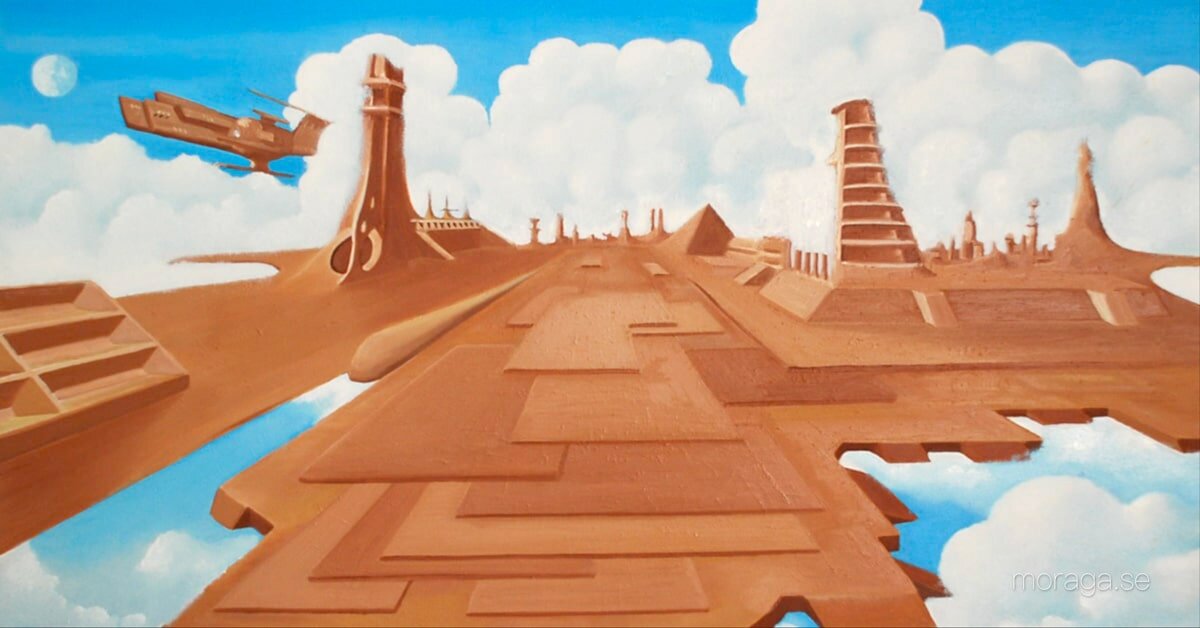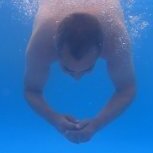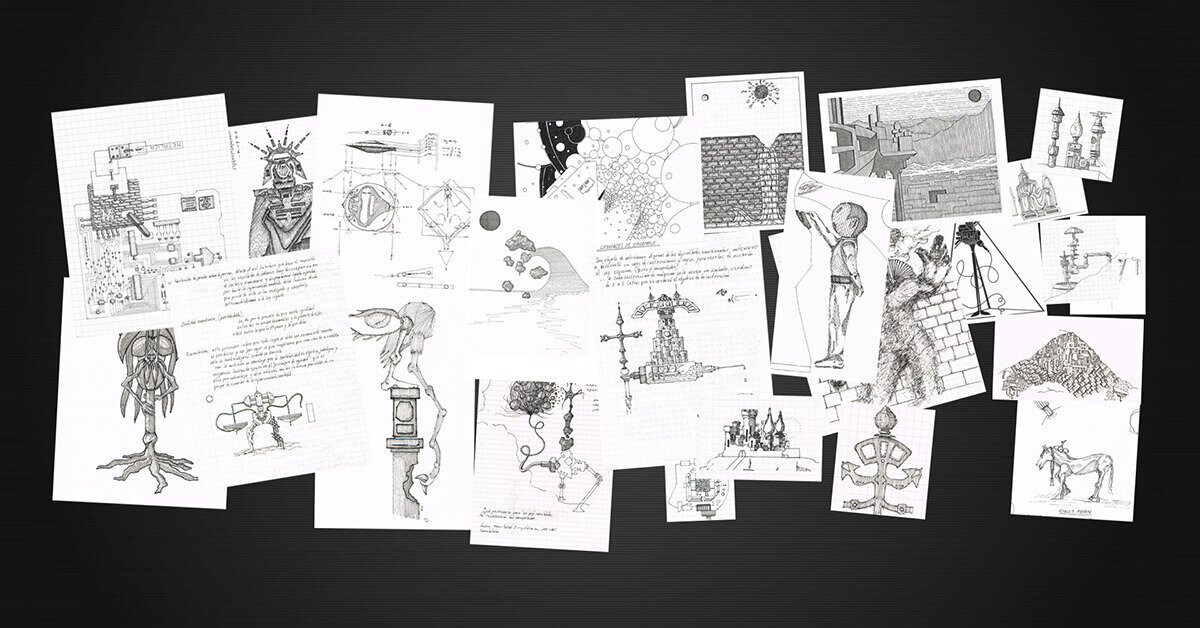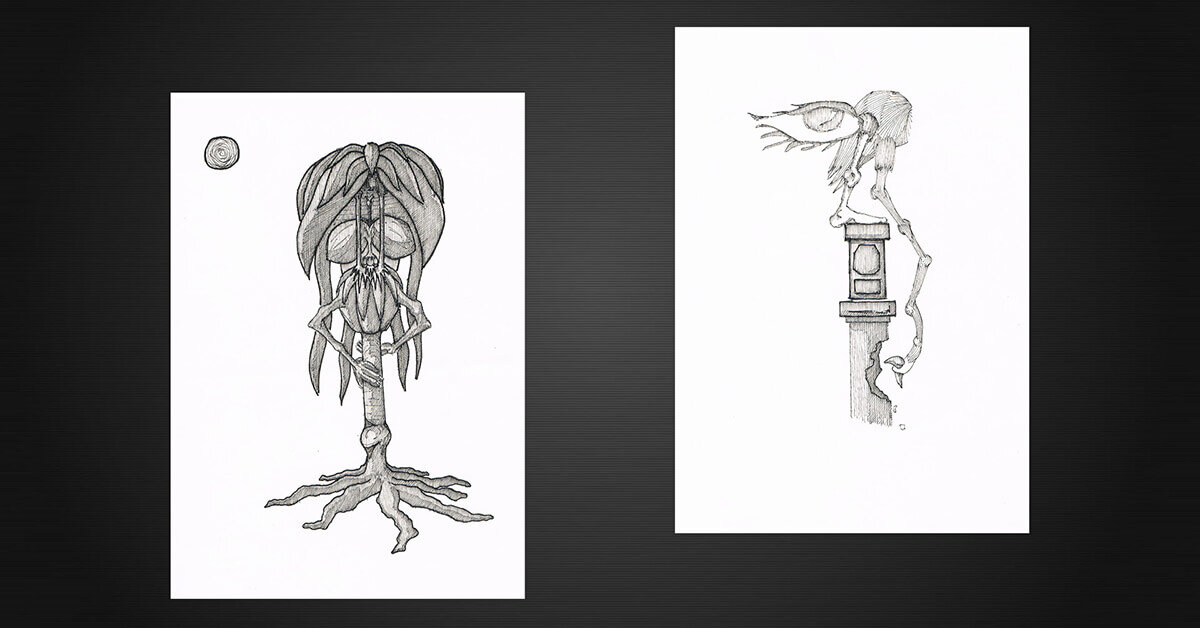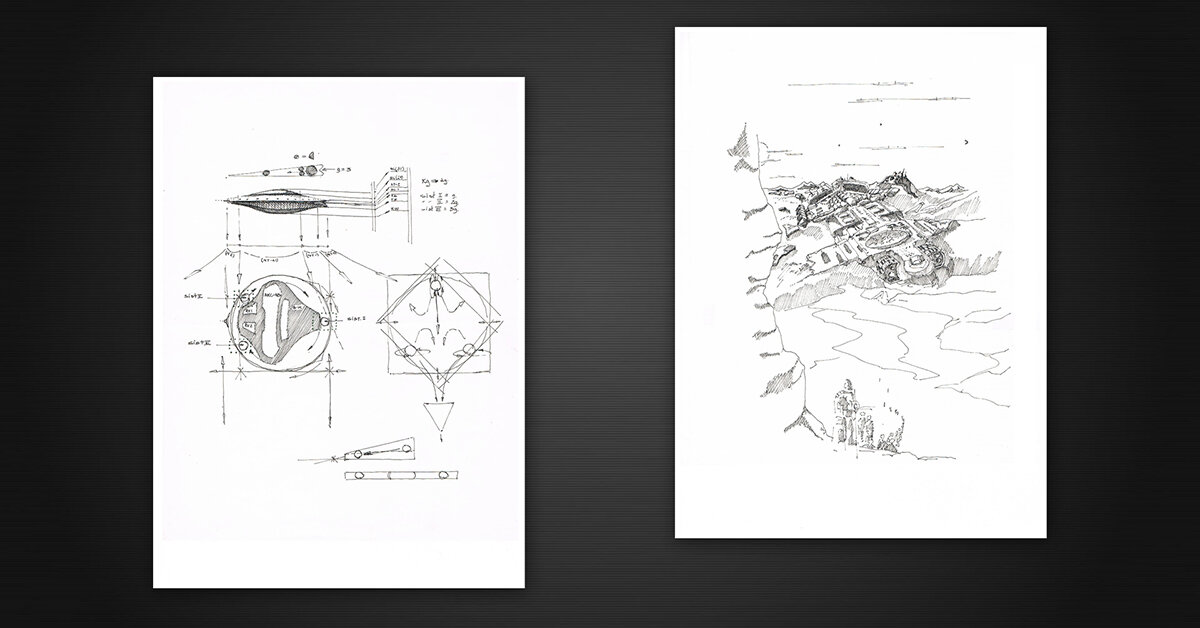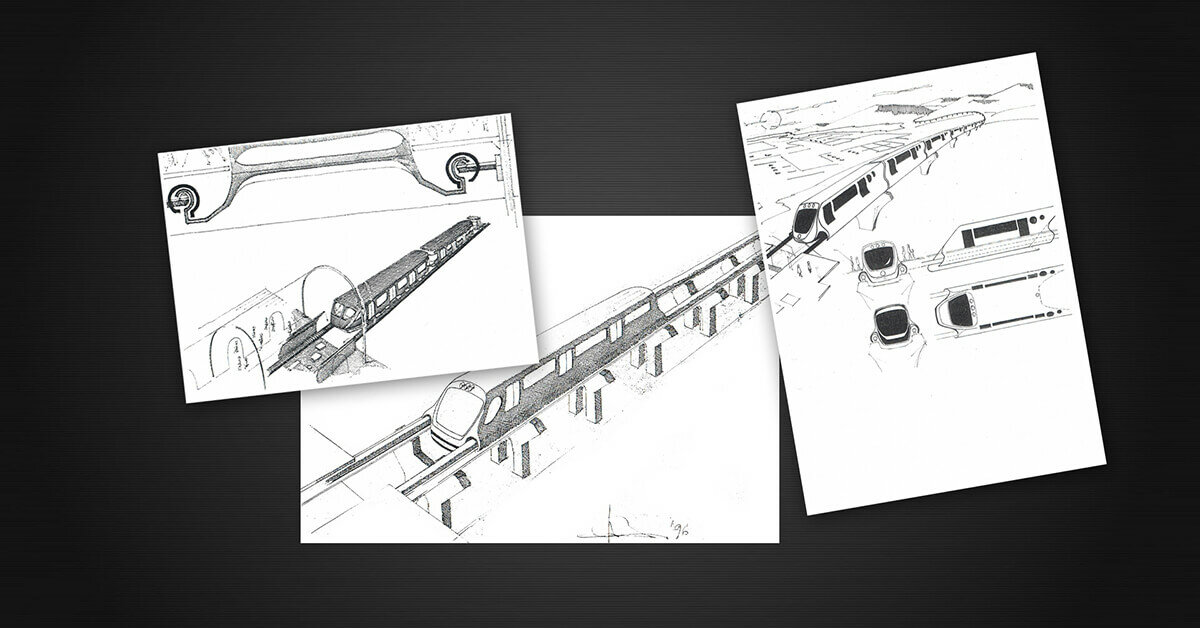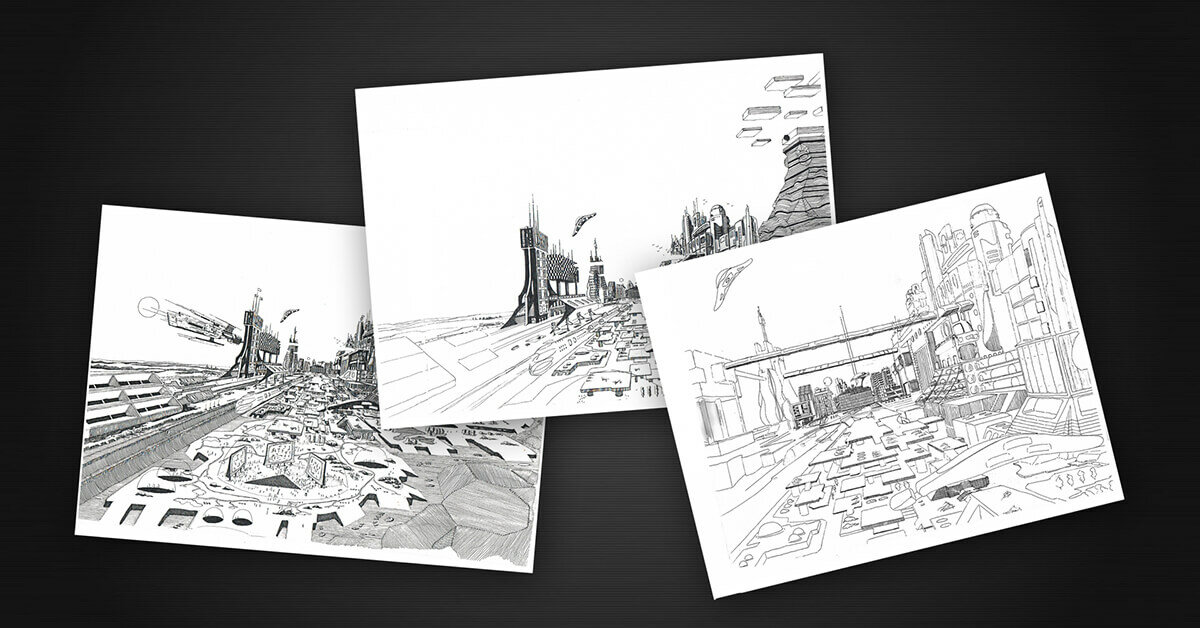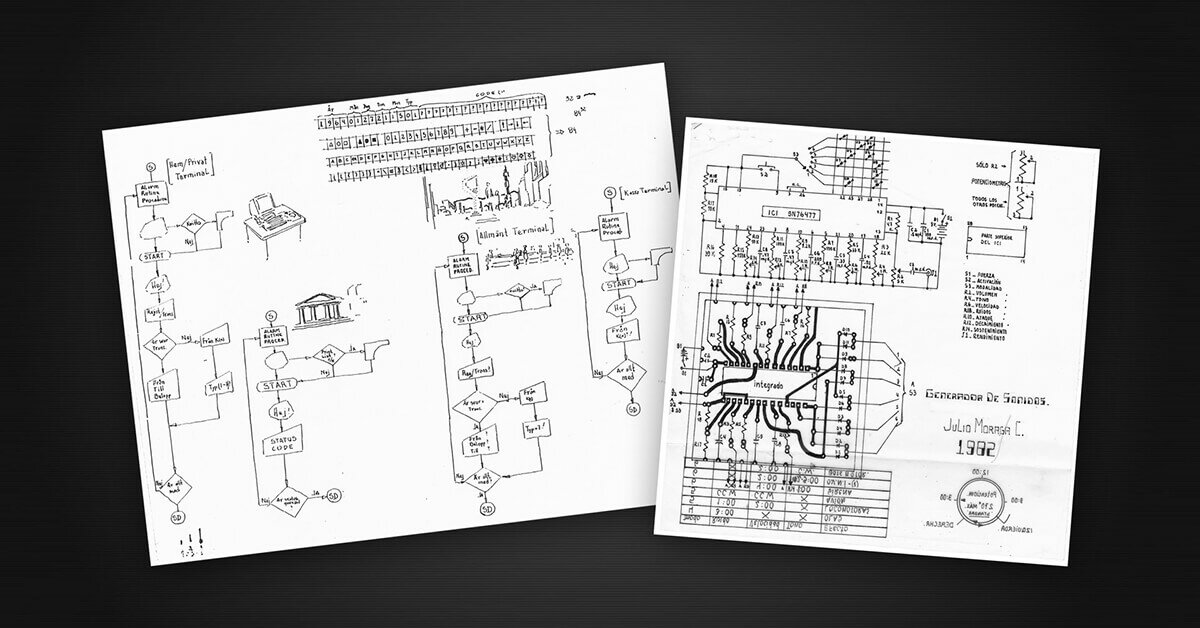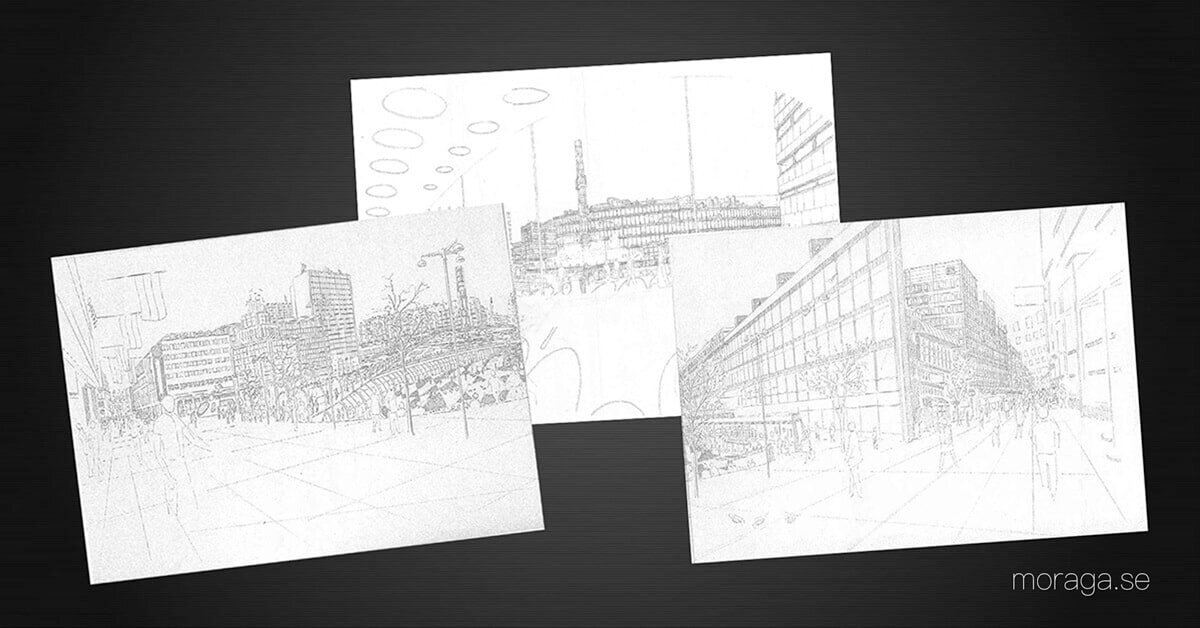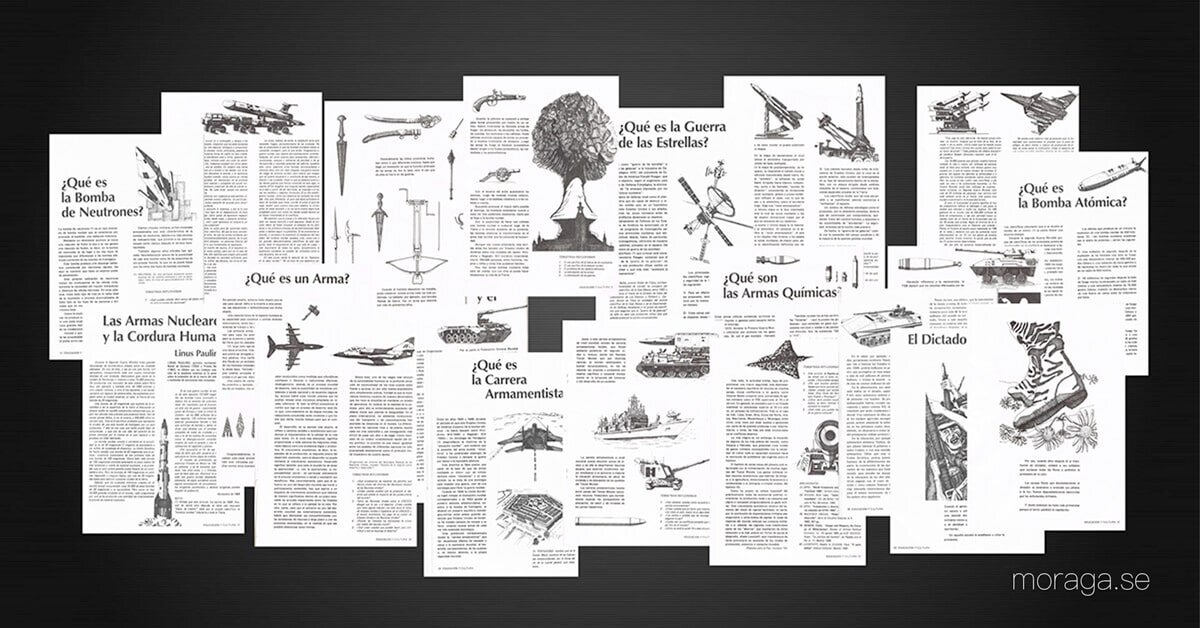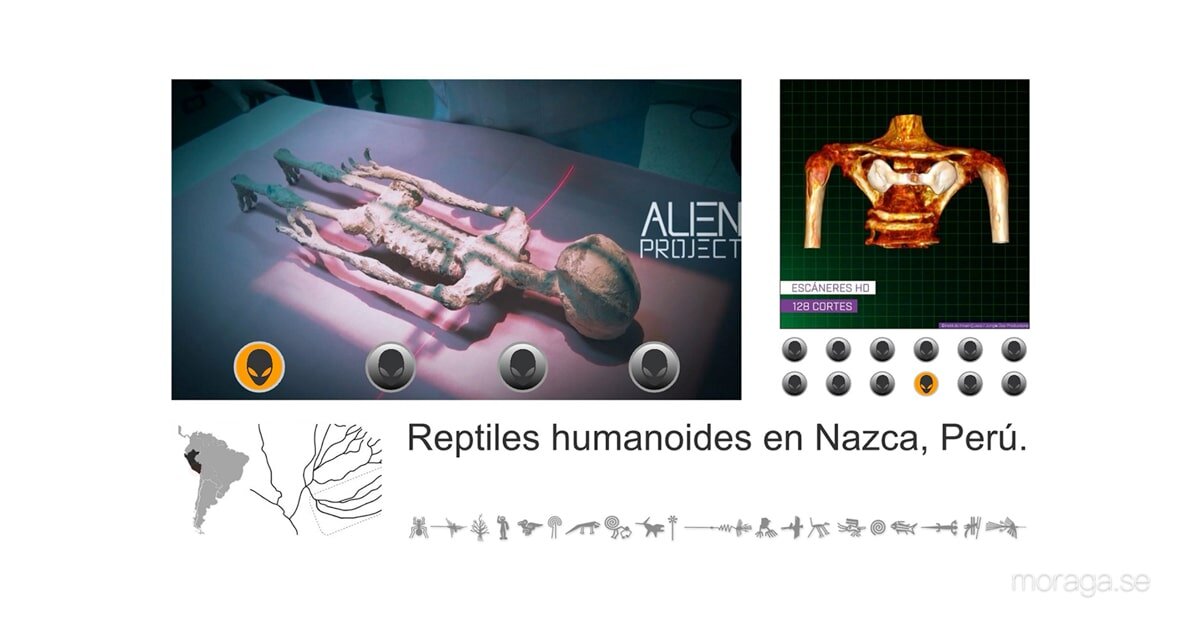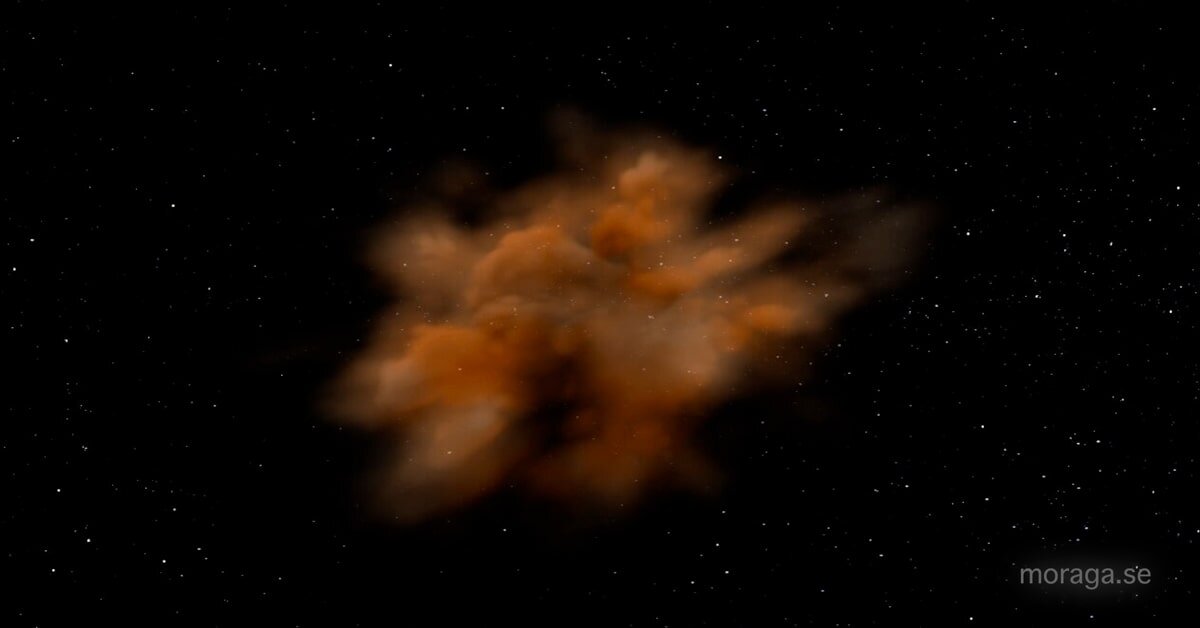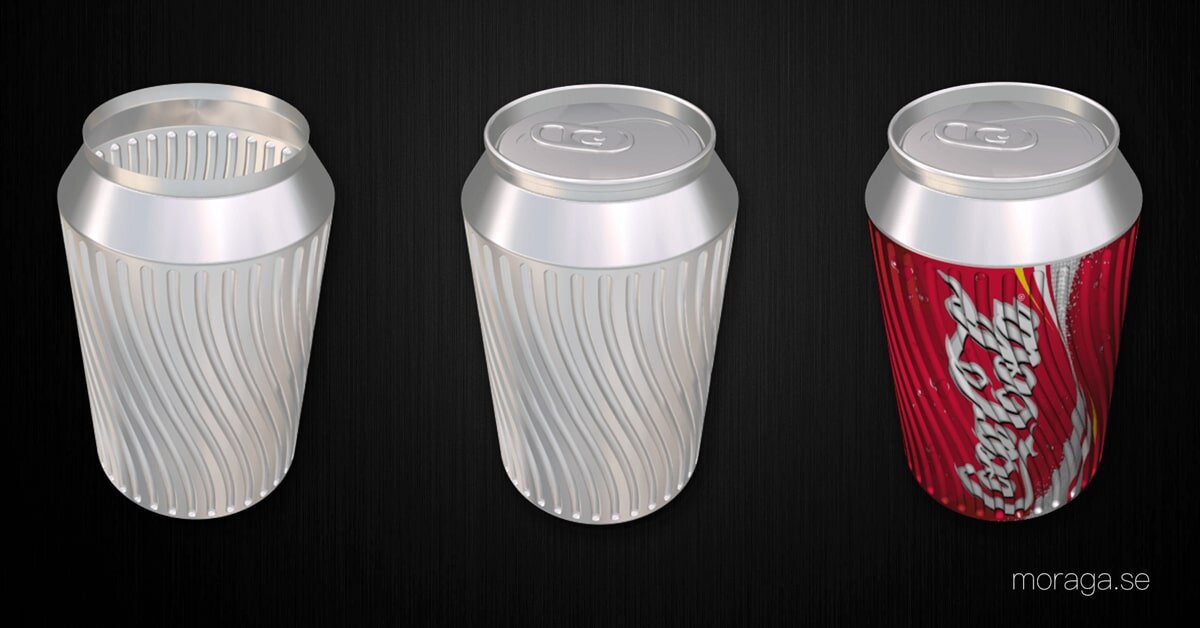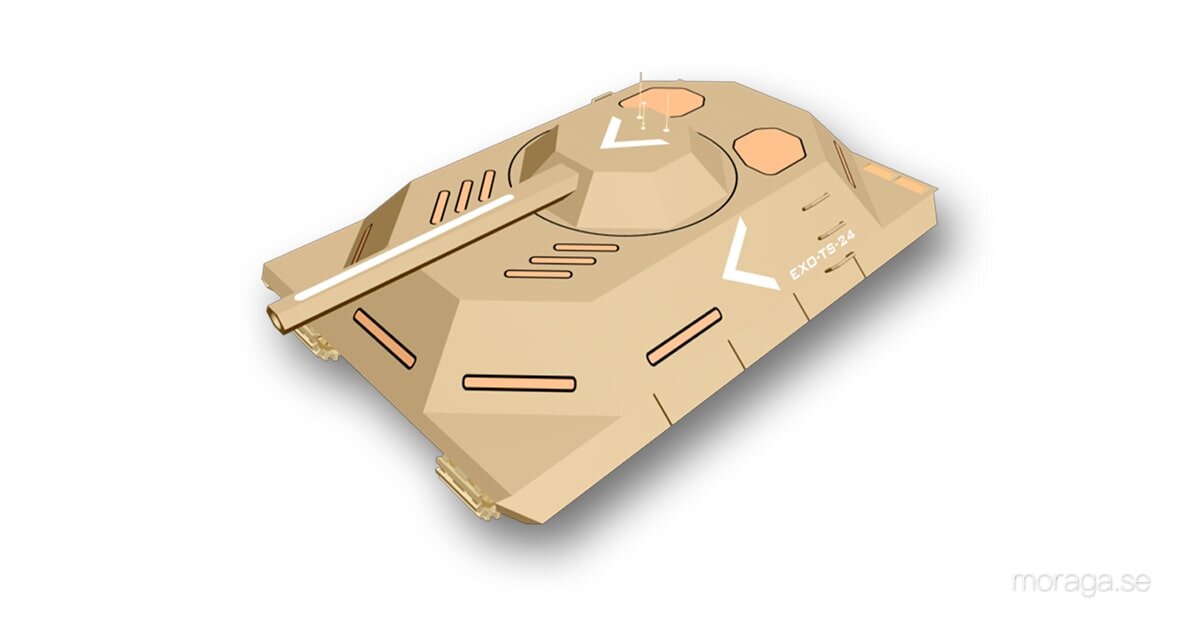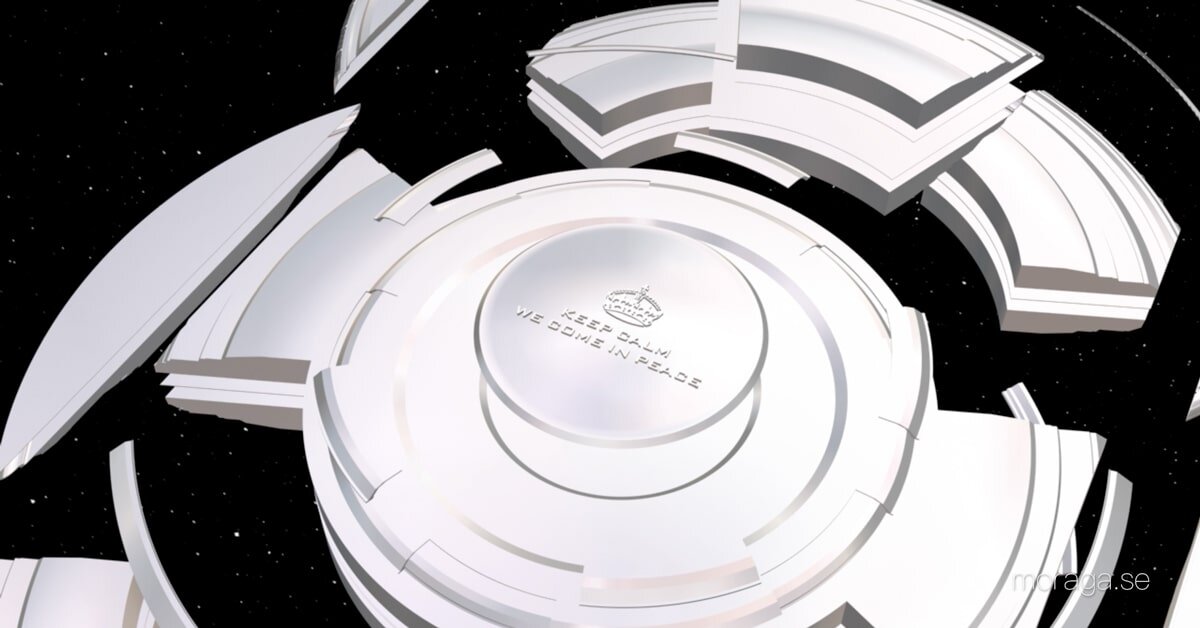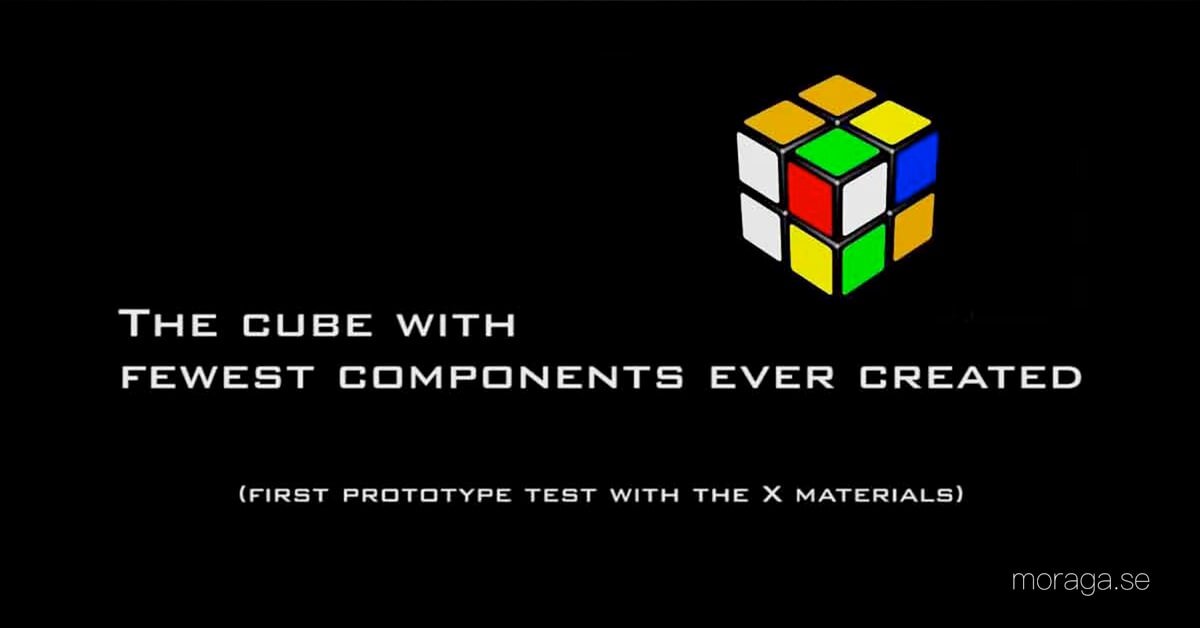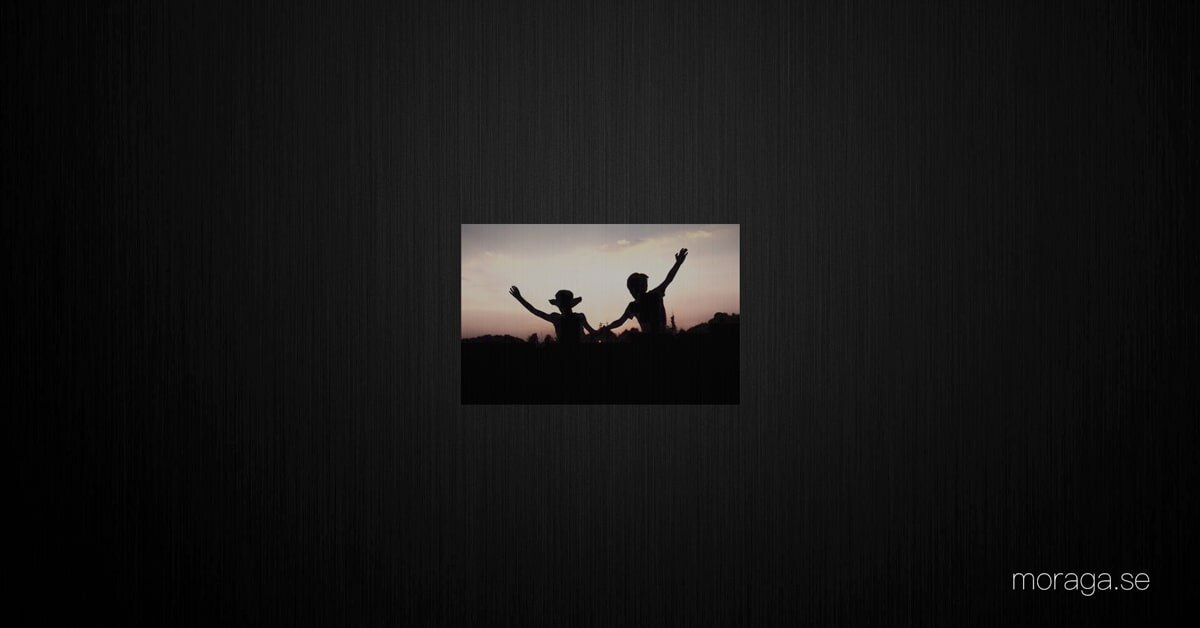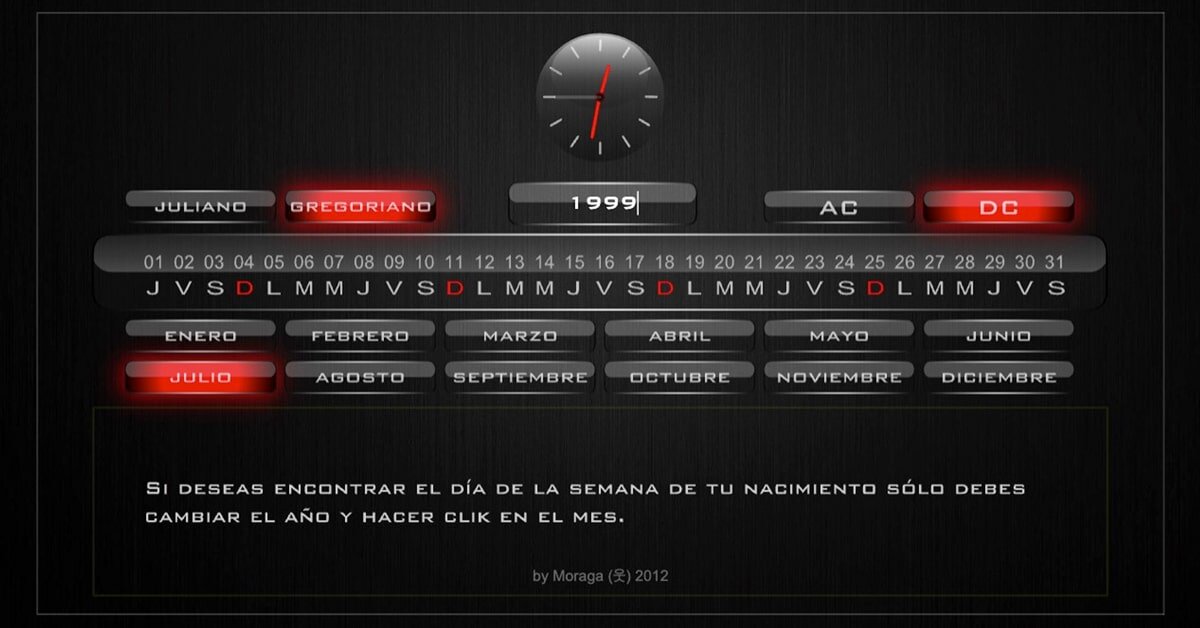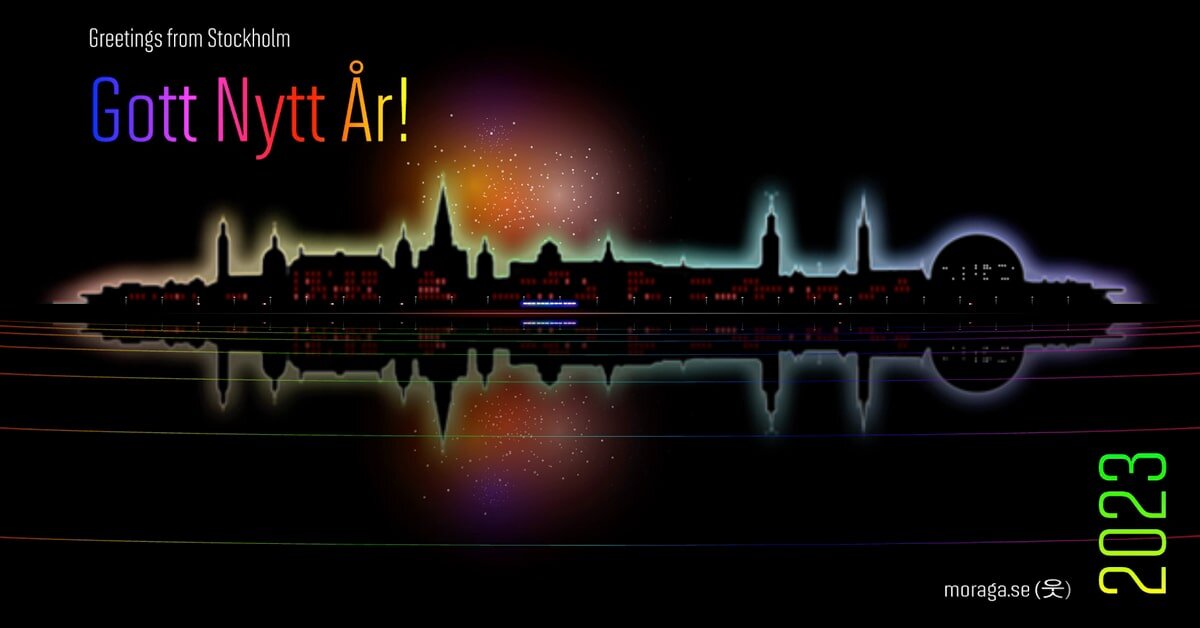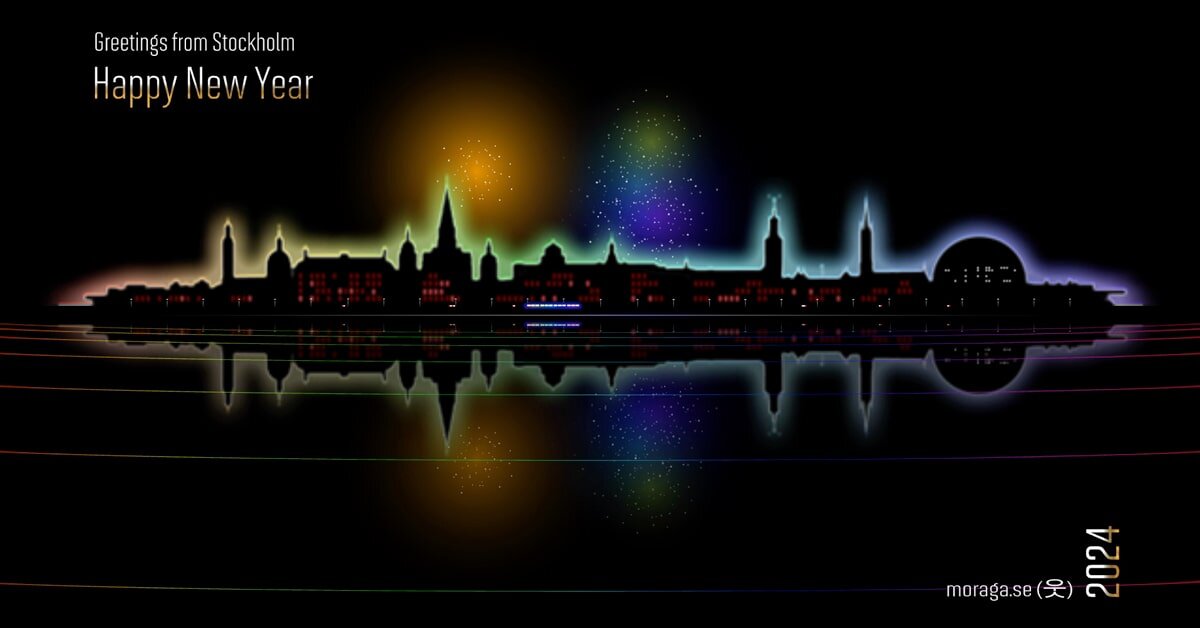Por otro lado, el arquitecto parisino Jean‑Pierre Houdin ha planteado la existencia de una rampa interna en espiral, dispuesta en ángulos rectos desde la base hasta la cúspide. Las imágenes de resonancia apuntan hacia pasadizos internos, aunque algunos expertos sugieren que podrían tratarse de corredores de descarga más que vías efectivas de construcción .
Scan Pyramids: nuevos datos y confirmaciones (2015 – 2023)
El proyecto internacional Scan Pyramids, lanzado en 2015 por la Universidad de El Cairo y el HIP Institute, emplea termografía infrarroja, muografía, radar de penetración terrestre y ultrasonidos sciencealert.com+15en.wikipedia.org+15voanews.com+15. Entre sus hallazgos:
En 2016 se detectaron cavidades en el flanco noreste y detrás de los chevrons de la cara norte, usando muografía y termografía en.wikipedia.org+7en.wikipedia.org+7en.wikipedia.org+7.
En 2017 identificaron el ScanPyramids North Face Corridor (SP‑NFC): un corredor hasta ahora oculto, situado entre 17 y 23 m sobre el nivel del suelo, confirmado con muones desde distintos puntos y descrito en Nature Communications en marzo de 2023, incluso con imágenes obtenidas mediante endoscopio smithsonianmag.com+7en.wikipedia.org+7researchgate.net+7.
En noviembre de 2017 anunciaron el ScanPyramids Big Void, un vacío de al menos 30 m de longitud sobre la Gran Galería. Su existencia fue corroborada por tres equipos que utilizaron tecnologías independientes como placas de emulsión nuclear, hodoscopios de centelleadores y detectores de gas en.wikipedia.org+5en.wikipedia.org+5arxiv.org+5.
El equipo aún investiga la forma y el posible propósito de estas estructuras, que podrían corresponder a dosificación para distribuir las cargas o canales de construcción. Las campañas continúan, combinando diversos métodos para refinar su caracterización.
Revisión de la hipótesis de la piedra aglomerada (Davidovits)
El profesor Joseph Davidovits, pionero de la ciencia de los geopolímeros, sostiene que ciertos bloques de las pirámides fueron construidos utilizando piedra aglomerada: una forma primitiva de concreto, modelado in situ usando materiales naturales, y no tallados a partir de canteras. Sin embargo, él mismo aclara que no toda la pirámide fue erigida con este método; más bien, identifica bloques particulares cuyas características coinciden con materiales reconstituidos geopolymer.org.
Según Davidovits, estudios de laboratorio –incluyendo análisis de microestructura con SEM– mostraron inclusiones minerales y burbujas de aire típicas de piedra reconstituida, especialmente en muestras de bloques de revestimiento, como los de la pirámide de Snefru en Dahshour geopolymer.org+7geopolymer.org+7en.wikipedia.org+7. También señaló que ensayos prácticos demostraron que un pequeño equipo podría moldear bloques de entre 1,3 y 4,5 toneladas en cuestión de semanas en.wikipedia.org.
A pesar de estos hallazgos experimentales y un estudio publicado en el Journal of the American Ceramic Society en 2006, la comunidad académica no ha aceptado el método como explicación dominante. Críticos destacan que no aborda por completo los bloques de granito, como los del techo de la Cámara del Rey, y cuestionan la necesidad de invocar un proceso tan sofisticado cuando hay evidencias de cantería heterogénea que podría explicar muchas de las anomalías observadas.
Conclusión y perspectivas
La integración de datos recientes del proyecto Scan Pyramids refuerza la existencia de estructuras internas adicionales dentro de la pirámide de Keops, ya sea como espacios de descarga, corredores o vacíos funcionales aún sin determinar. Paralelamente, la hipótesis de Davidovits sigue ofreciendo una explicación alternativa sobre el origen de algunos bloques, sin detallar su alcance real.
El tema continúa abierto al debate académico. Se requieren estudios interdisciplinarios que combinen muografía, geología, geoquímica y arqueología experimental para comprender mejor cómo se erigieron estas pirámides y en qué punto técnicas tradicionales conviven con posibles innovaciones como los geopolímeros.
Para más información, puede consultarse el sitio del Geopolymer Institute.
- 0 comments
- 1534 views
-
